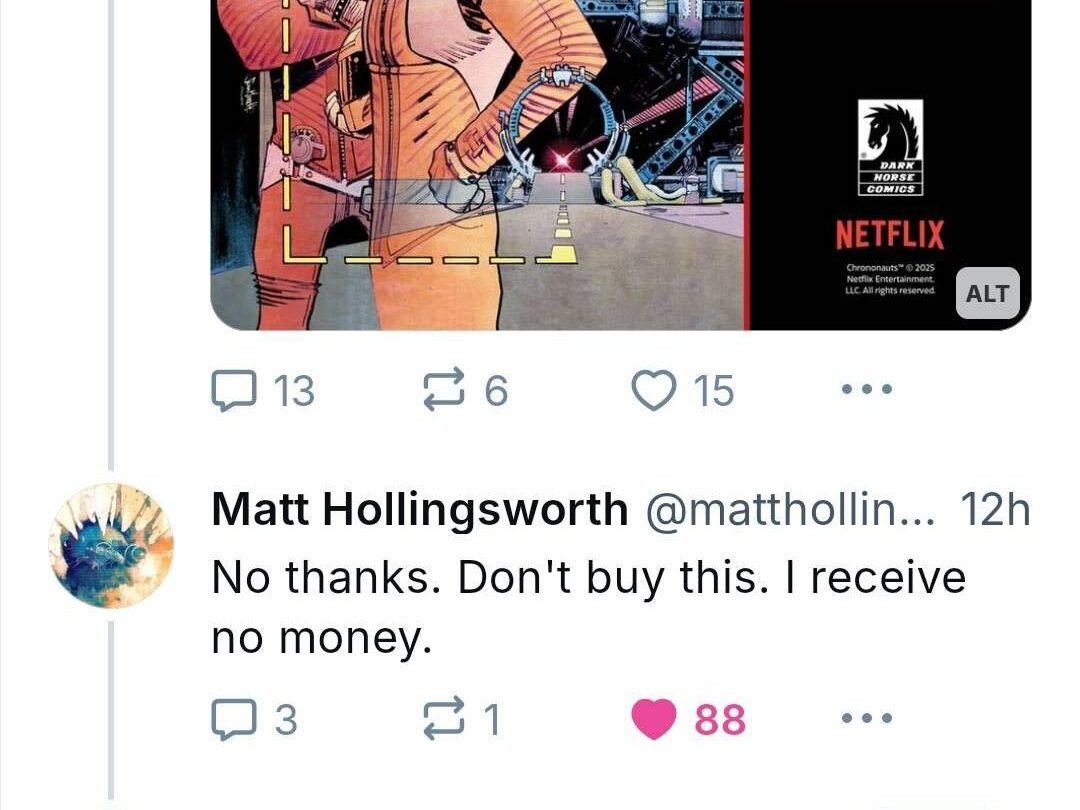Animation and video have transformed dramatically in the last two decades. From Saturday morning cartoons to streaming platforms and viral social clips, these mediums have gone through a complete revolution. As technology has evolved, so too have the expectations of audiences and the capabilities of creators.
Where hand-drawn techniques once dominated, digital tools now streamline and enhance every step of the creative process. Animation is no longer confined to children’s entertainment. It has expanded into advertising, education, social media, and immersive storytelling. Video, meanwhile, has become one of the primary ways people consume information and entertainment online.
The digital age hasn’t just made animation and video more accessible. It has raised the bar for creativity, storytelling, and audience engagement. What used to take weeks now takes days. What required large teams and major budgets can now be achieved by small, focused crews using cutting-edge software.
From Frames to Fluidity: The Technological Shift
The most significant change in animation has been the transition from frame-by-frame hand drawings to computer-generated imagery. With the rise of programs like Adobe After Effects, Toon Boom, and Cinema 4D, animators can create intricate scenes, realistic movement, and dynamic transitions faster than ever before.
This shift has also given rise to hybrid forms, blending 2D and 3D animation, incorporating motion graphics, and using real footage with animated overlays. These techniques add visual depth and flexibility, making it easier to tell complex stories without sacrificing clarity or emotion.
For video creators, high-definition and 4K resolution have become the standard. Drones, mirrorless cameras, and affordable editing software have lowered entry barriers, empowering a new generation of independent creators to compete with established studios.
Content for Every Platform and Purpose
Digital animation and video aren’t restricted to TV or film anymore. Short-form content for platforms like YouTube, Instagram, and TikTok demands a different type of pacing, messaging, and visual impact. This requires studios and creators to tailor their work to specific audiences while maintaining visual consistency across formats.
Brands now rely on animated explainer videos, product demonstrations, and branded storytelling to connect with viewers. Nonprofits and educational institutions use animated videos to break down complex ideas into digestible narratives.
Even user interfaces and app experiences are being enhanced through micro-animations and motion cues. Many production teams, such as Frantic’s animation studio in London, have embraced these new demands by adapting their services to meet modern digital consumption habits. Their work reflects the industry-wide shift toward concise, compelling, and highly stylized content that works across multiple channels. By aligning with evolving viewer expectations, these studios continue to push creative boundaries while delivering results.
Global Collaboration and Real-Time Feedback
Cloud computing and collaboration tools have made it easier for animators, directors, editors, and clients to work together regardless of location. Files can be reviewed and revised in real time, and feedback loops are much shorter. This accelerates production timelines and allows for tighter integration of creative input from different stakeholders.
Remote workflows became more widespread during global lockdowns, but many teams have maintained these practices due to the flexibility and efficiency they offer. With version control systems and high-speed sharing tools, creative teams now operate on a global scale without sacrificing speed or quality.
Virtual production has also entered the scene, using real-time engines like Unreal and Unity to visualize scenes before they are rendered. These tools enable faster decision-making and reduce costly reshoots or reanimation.
Animation and video have moved far beyond their traditional formats. Now, they serve as versatile tools for storytelling, branding, education, and entertainment. Technology has enabled this evolution, but it is the creative vision of artists and studios that continues to drive the medium forward. With new tools and new platforms constantly emerging, animation and video remain vital and ever-evolving parts of the digital communication landscape.
***





















 English (US) ·
English (US) ·